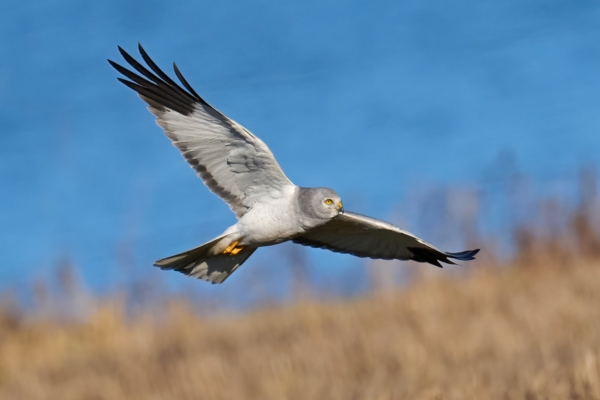
BASC statement in response to Birdcrime report
Read BASC’s statement in response to the publication of the RSBP’s latest Birdcrime report.
Get information on the legal shooting season for mammals and birds in the UK.
Apply for funding for your project or make a donation today
Comprehensive information and advice from our specialist firearms team.
Everything you need to know about shotgun, rifle and airgun ammunition.
Find our up-to-date information, advice and links to government resources.
Everything you need to know on firearms law and licensing.
All the latest news and advice on general licences and how they affect you.


Bill Harriman explores whys and wherefores of the .410, from obscure origins to its usefulness in honing early stalking and fieldcraft skills.
The .410 is the only cartridge whose designation is described by a decimal fraction of calibre rather than a bore size. That’s as well really as it would be a 67 1/2 bore, which is nowhere near as snappy as the name ‘fourten’.
In some parts of Europe and South America, the .410 is referred to as a 36 bore. Why this should be is anyone’s guess, as 36 bore is the equivalent of .506″. I suspect its either a historical accident or perhaps that someone noticed that smaller cartridge sizes went down by an interval of four and just added the 36 bore to the sequence as the logical mathematical choice – 24, 28, 32 and 36 bores.
The .410’s origins are obscure. My theory is that it started life originally as a pinfire cartridge for a small sporting rifle. As the pinfire system never really caught on in Britain, it was simply translated into a centrefire cartridge case and loaded with shotgun pellets.
Equally plausible is the idea that the .410 is simply an elongated revolver cartridge case loaded with shot because its base dimensions are so similar to .44-40 and the .45 Colt cartridges. This is bolstered by the existence of the .450 Adams revolver cartridge, where shot loads are contained in extended card tubes.

Whatever the .410’s genesis, it is clear from Eley Bros advertising flyers dating from the period 1871 – 74, that the cartridge had become sufficiently well established for it to be offered as part of that company’s range. The .410 was available as empty cases or loaded cartridges.
Originally, .410 cartridges were offered with 2-inch cases. Eley Bros produced a 2½ inch with the proprietary name of ‘Fourlong’ in 1912.
A 3-inch load known as the ‘Extra Long’ was briefly available just before WW2. This was the basis for the 3-inch Magnum that is around today. Accordingly, the .410 cartridge has been around for about 150 years.
Shotguns chambered for the .410 cartridge have been made in every conceivable type and action. Winchester produced a dinky version of their Model 12 pump-action called the Model 42 from 1933 to 1963.
For those who wanted a lever-action cowboy style gun, the Winchester Model 9410 was available from 2003 for a few years. While traditional side-by-sides were produced, the majority of .410s were budget single barrelled guns intended for pest control.
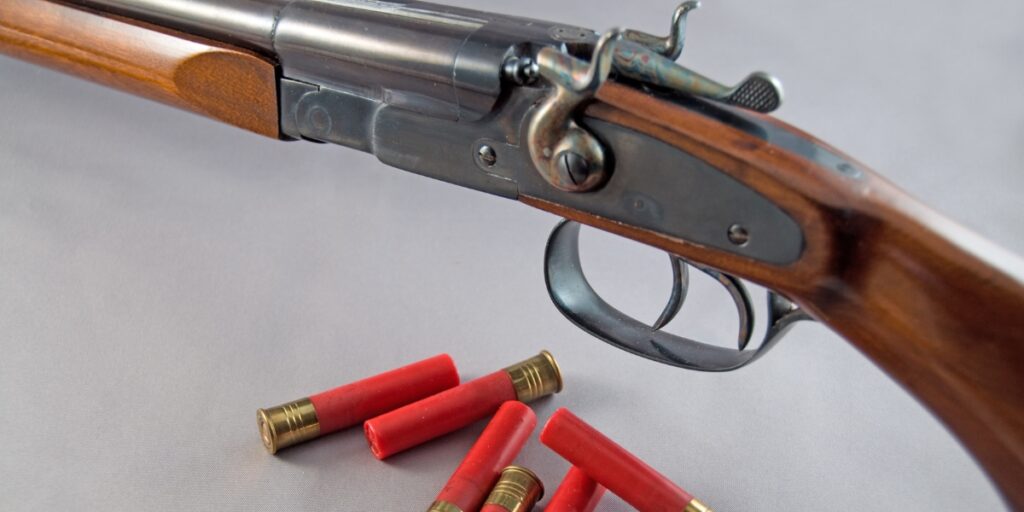
As a boy, I owned an example of the excellent Webley bolt action .410 which was a proper gun, built in the Birmingham trade from machined forgings and with a nicely blued and polished barrel. It was mustard on squirrels, bunnies and many a roosting woodie tumbled from its perch when it spoke.
Many of my shooting pals had robust but ugly American-made .410s such as Harrington and Richardson, Mossberg or Stevens. Others had graceful Belgian side-lever break actions built on the LeClerq action. I never liked them because they were fragile, and their spindly barrels bent easily. Not a chance of that with the Webley, it could have been used as a tyre lever.
One fellow had a Spanish double hammer gun called the El Chimbo. No, I don’t know what that means either; although I gather that in Columbian slang it’s not the sort of thing you talk about in polite society.
The .410 was not designed for shooting moving, aerial targets. Essentially, the .410s were smooth-bored rifles whose stocks had so much drop to them that you couldn’t see along the barrels to engage a flying target. I suspect many youngsters became discouraged by constantly missing when learning to shoot with one because of that.
That said, they were excellent for practising safe gun-handling drills and for honing stalking and fieldcraft skills. Some of the happiest days of my life were spent roaming around Uncle Herbert’s farm in Cambridgeshire armed with my trusty Webley .410 and a pocket of fourlong cartridges with their brick-red cardboard cases. No vermin were safe.
I said earlier that gunmakers had always built Anson & Deeley action (boxlock) double-barrelled .410s, but not in large numbers. When inexpensive and well-made Spanish guns started to dominate the market in the 1950s, it became a lot more common to see a double barrelled .410 that looked like a small version of a proper shotgun.
That trend has continued with Turkish and other makers offering over-and-unders (OU). The German makers Krieghoff offer a particularly futuristic looking OU which has a very high ventilated top rib and completely separate barrels with no connecting ribs.
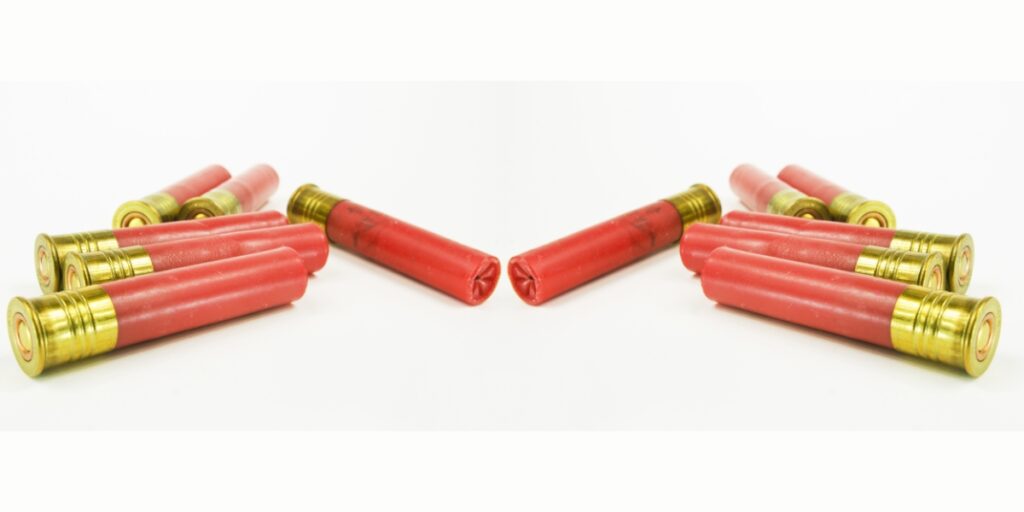
The ballistics of the .410 are not very well understood. This is unsurprising as all the work done in post-war years has been focussed on the 12 bore, which is the most used cartridge.
Nobody knows how a long column of lead pellets behaves within the confines of a very narrow tube. This is particularly so with the 3-inch cartridge as the length of the pellet column is nearly four times the diameter of the bore. How this affects the pattern is unclear but at first blush, such a long shot column gives a greater opportunity for deformed pellets which will produce more fliers.
A lot more investigative work needs to be done on the .410.
Many shooters of my generation cut their teeth on .410s. When I look back on this practice, I am hard pressed to come up with a less suitable gun with which to train a youngster. There was this misplaced attitude that as .410 shotguns were small and light then they must be the gun-of-choice for training small people.
However, .410 cartridges contain such a small quantity of shot that it requires very accurate placement to hit a target. There is nothing more disheartening for someone learning to shoot than to keep missing a target. A bit of success builds confidence and creates a desire to do better.
Thankfully these days, most coaches start novices of small stature with a 28 bore which to my mind is a proper shotgun and a far better choice. That said, a .410 is an ideal tool to teach nippers safe gun handling and to thrill them by letting them shoot at tins on a fence post.

I am going to court controversy when I say that in my opinion, the majority of people are simply not good enough shots to use a .410 for shooting flying game. The .410 is a gun for an expert shot whose virtuosity will compensate for its shortcomings. In his seminal work, The Gun and Its Development, W. W. Greener considered that “the 28 bore is the smallest calibre of any practical use as a game gun”; I am with him on that.
I think it is morally reprehensible to discharge missiles with lethal force at a sentient being without being confident that you will inflict as near an instantaneous death as possible. I would suggest that you instead take your .410 for a round of clays and don’t put living creatures at risk of suffering if you don’t connect properly.
In similar vein, somebody at The Game Fair this year claimed the .410 was the ultimate sporting shotgun because… it either delivered a “kill” or a “clean miss”. This rather wide of the mark in my view (forgive the pun). There is no way of knowing whether the pheasant you have just failed to bring down with your .410 has missed ‘cleanly’, and therefore it is not a risk any of us should be willing to take.
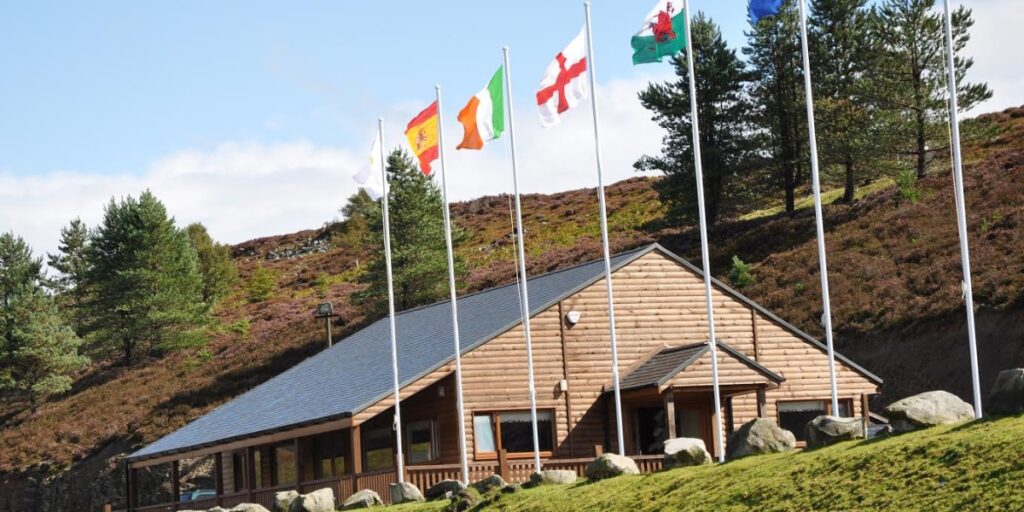
It’s very exciting that the BASC .410 World Championships 2024 are coming to the Fauxdegla Shooting Ground just up the road from Marford Mill. I wish all entrants good luck and straight shooting. Anyone who performs well in this competition can truly consider themselves to be an expert shot.
You can enter on the day as no prior booking is required. Great prizes and a title of the BASC World Champion are up for grabs, so if you own a .410, make sure to get to Fauxdegla on Sunday 6 October.
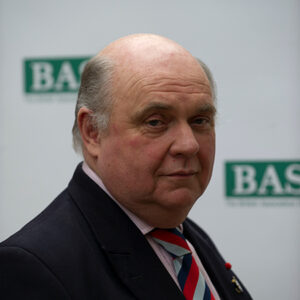

Read BASC’s statement in response to the publication of the RSBP’s latest Birdcrime report.
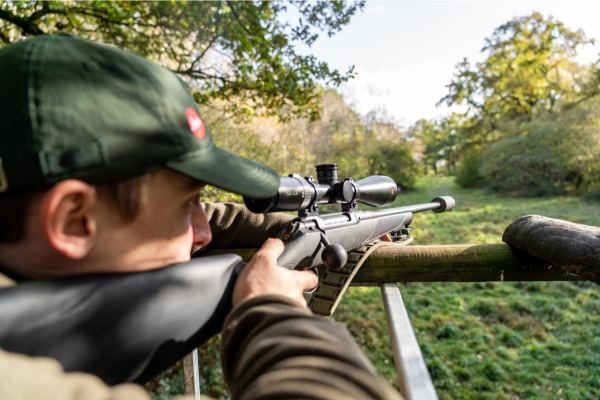
Gloucestershire Constabulary has confirmed that its ongoing firearms licensing issues are being addressed, following a key meeting with BASC.
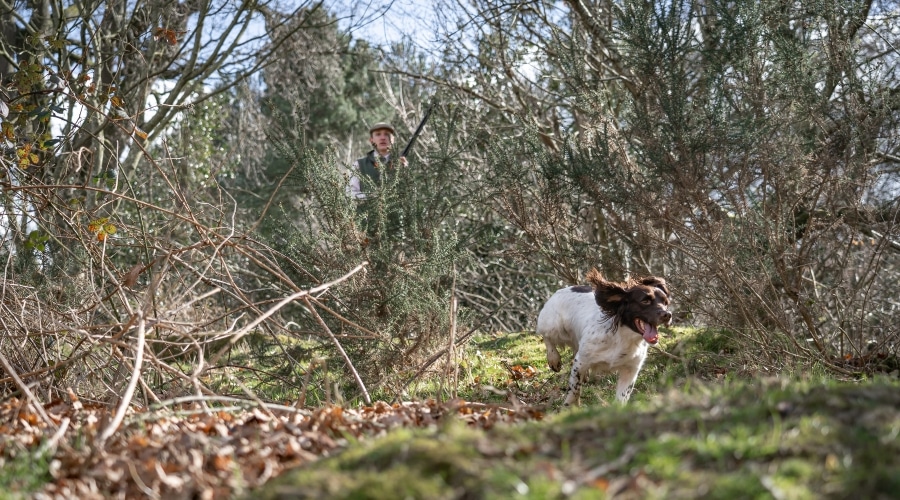
BASC is urging members to familiarise themselves with the new Hunting with Dogs (Scotland) Act 2023 when undertaking fox and rabbit control with dogs.
Sign up to our weekly newsletter and get all the latest updates straight to your inbox.
© 2025 British Association for Shooting and Conservation. Registered Office: Marford Mill, Rossett, Wrexham, LL12 0HL – Registered Society No: 28488R. BASC is a trading name of the British Association for Shooting and Conservation Limited which is authorised and regulated by the Financial Conduct Authority (FCA) under firm reference number 311937.
BASC Direct Ltd is an Introducer Appointed Representative of Agria Pet Insurance Ltd who administer the insurance and is authorised and regulated by the Financial Conduct Authority, Financial Services Register Number 496160. Agria Pet Insurance is registered and incorporated in England and Wales with registered number 04258783. Registered office: First Floor, Blue Leanie, Walton Street, Aylesbury, Buckinghamshire, HP21 7QW. Agria insurance policies are underwritten by Agria Försäkring.
If you have any questions or complaints about your BASC membership insurance cover, please email us. More information about resolving complaints can be found on the FCA website or on the EU ODR platform.